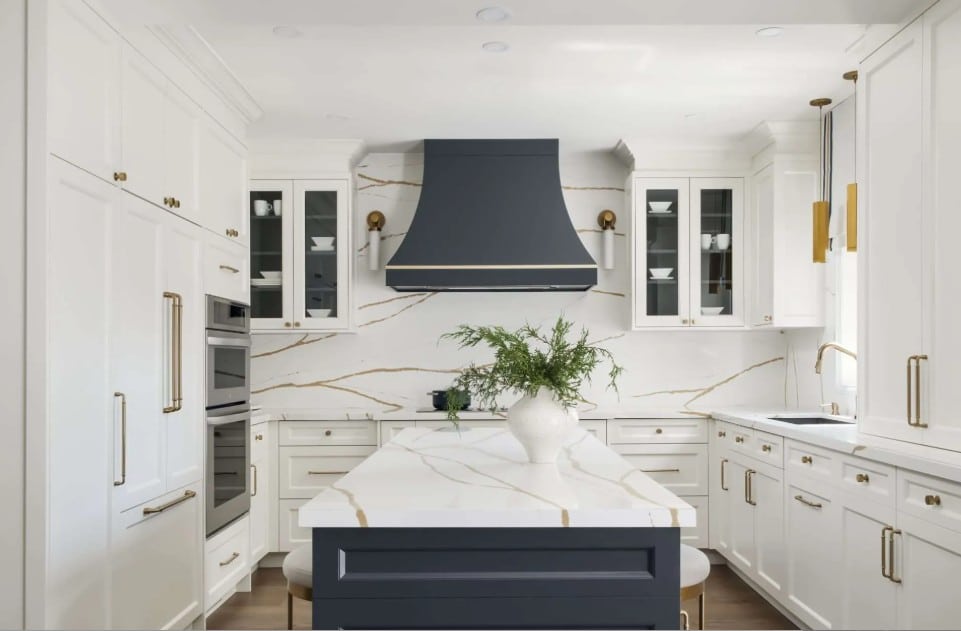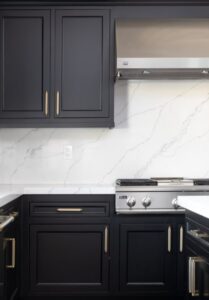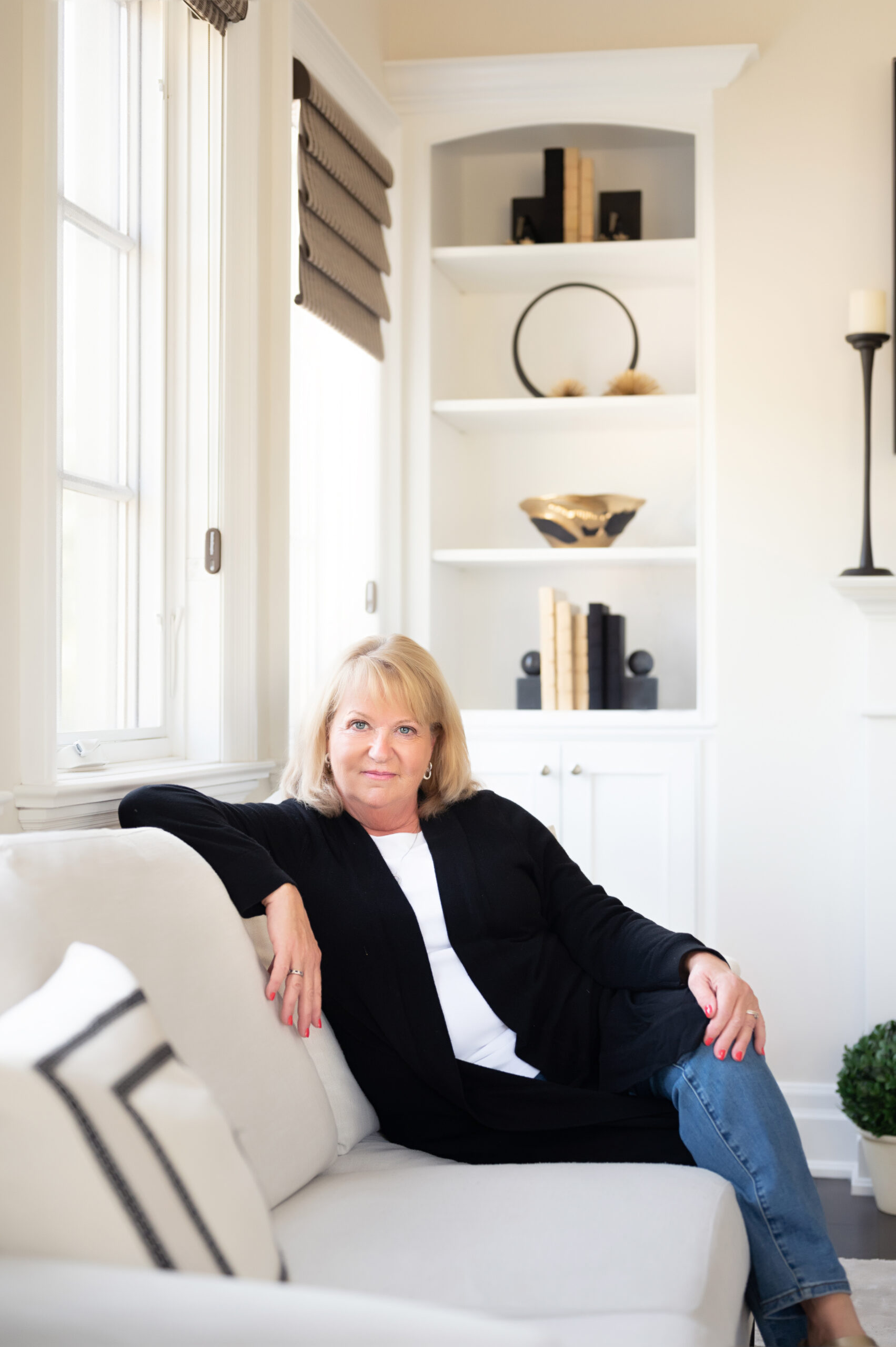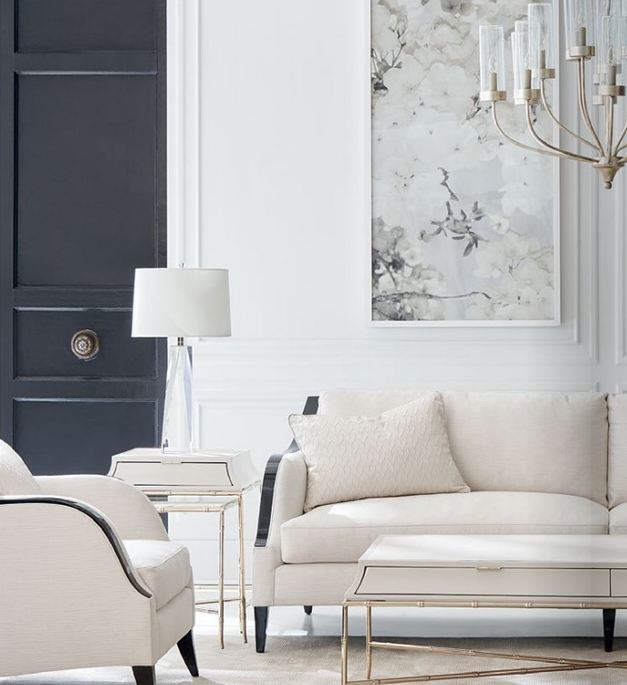Kitchen Cabinetry: How to Choose the Right Material for Your Kitchen Design?
- Home
- Kitchen Cabinetry: How to Choose the Right Material for Your Kitchen Design?

When it comes to kitchen design, cabinetry plays a pivotal role in setting the tone and functionality of the space. The materials you choose for your kitchen cabinets significantly impact their durability, appearance, and cost. With a variety of materials available, homeowners can feel overwhelmed by the options. In this blog, we’ll explore the four most common kitchen cabinet materials – solid wood, plywood, MDF, and HDF-HMR, discussing their characteristics, benefits, and why certain choices are more popular than others.
Solid Wood Cabinets
Solid wood cabinets are crafted from hardwood or softwood species, such as oak, maple, cherry, or walnut. They are cherished for their natural beauty and durability.
Advantages of Solid Wood Cabinets
- Timeless Appeal: Solid wood offers a rich, classic aesthetic with unique grain patterns, adding warmth and character to any kitchen design.
- Durability: When properly cared for, solid wood cabinets can last for decades. Their strength ensures they can withstand daily use.
- Refinishing Potential: If the cabinets begin to show signs of wear, they can be sanded down and refinished, restoring their original beauty.
Considerations for a Solid Wood Cabinet
- Cost: Solid wood cabinets are often the most expensive option, which may not fit every budget.
- Sensitivity to Moisture: Wood can expand and contract with humidity changes, which may lead to warping or cracking if not properly maintained.
- Popularity: Solid wood remains a popular choice due to its timelessness and ability to enhance home value. It appeals to those who appreciate craftsmanship and natural materials.
Plywood Cabinets
Plywood is made from multiple layers of veneer glued together, offering strength and versatility to your kitchen interior design.
Advantages of Plywood Cabinets
- Strong and Stable: Plywood is highly durable and resistant to warping, making it suited for kitchen designs that experience humidity fluctuations.
- Lightweight: It is generally lighter than solid wood, facilitating easier handling and installation.
- Cost-Effective: While plywood can be pricier than MDF, it often proves more affordable than solid wood, making it an attractive mid-tier option.
- Design Flexibility: Plywood can be finished or veneered, allowing for customization to match various interior styles.
- Popularity: Plywood has gained traction for its balance between quality and cost, making it a preferred option for many modern kitchens. It is particularly favored in contemporary designs.
MDF (Medium Density Fiberboard) Cabinets
MDF is an engineered wood product made from wood fibers bonded with resin under high pressure.
Advantages of Medium Density Fiberboard
- Affordability: MDF is generally much less expensive than solid wood and plywood, appealing to budget-conscious homeowners.
- Smooth Surface: Its smooth finish is ideal for painting, providing a contemporary look that can be maintained easily.
- Consistent Quality: MDF is less prone to warping and cracking compared to solid wood, making it a reliable option for cabinets.
Considerations for a Medium Density Fiberboard
- Moisture Sensitivity: MDF can swell and be damaged when exposed to water, so it is essential to ensure kitchens remain dry.
- Less Prevalent Luxury Appeal: While functional, MDF does not have the natural beauty of wood, often leading to a less luxurious feel.
- Popularity: MDF is popular among budget-conscious homeowners and those seeking sleek, modern designs. Its cost-effectiveness makes it a go-to choice for many renovation projects.
HDF-HMR (High-Density Fiberboard with High Moisture Resistance) Cabinets
HDF-HMR is a denser, moisture-resistant engineered product that combines durability with affordability, making it an emerging favorite in kitchen interior design ideas.
Advantages of HDF-HMR
- Moisture Resistance: Enhanced treatment makes HDF-HMR suitable for kitchens where humidity may fluctuate, helping to prevent warping and degradation.
- Smooth Finish: It boasts a smooth surface that is easy to paint or veneer, allowing homeowners to achieve a modern aesthetic.
- Affordability: HDF-HMR tends to be more budget-friendly than solid wood while maintaining a high-quality finish.
- Design Versatility: This material can fit a wide range of kitchen design ideas, from contemporary to traditional, making it adaptable to various design preferences.
- Popularity: HDF-HMR is gaining in popularity as more homeowners become aware of its benefits, particularly its moisture resistance and cost-effectiveness. It appeals to those looking for an affordable yet stylish option for modern kitchen interior design ideas.
In a Nutshell
When deciding on the best material for your kitchen cabinets, consider your budget, desired aesthetic, and how much wear and tear your cabinets will need to withstand.
- Solid wood is ideal for those willing to invest in quality and looking for timeless beauty.
- Plywood strikes a balance between strength and cost, making it suitable for modern spaces that require durability with a lighter weight.
- MDF is a great choice for budget-conscious homeowners who want sleek, modern cabinets—just be mindful of moisture exposure.
- HDF-HMR offers a blend of affordability and moisture resistance, making it perfect for contemporary kitchens looking for durability without the high price tag.
Ultimately, popular choices tend to hinge on personal preference, intended use, and budget. Each material offers unique advantages that suit different lifestyles, so take your time to evaluate which will best complement your dream kitchen.
Ready to Renovate? Contact Us!
If you’re ready to transform your kitchen with our kitchen interior design ideas, we’re here to help! Schedule a Discovery Call to discuss your ideas and plans by Contacting Us.
Prefer to talk? Just give us a call at 416-986-7615
We look forward to helping you achieve a beautiful and functional space.




